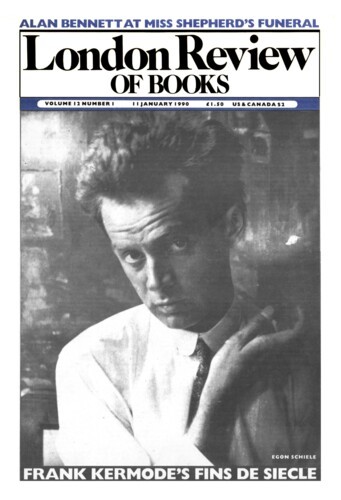History of the Tin Tent
During the first push on the Somme
a temporary captain
in the Royal Engineers
– Peter Nissen a Canadian
designed an experimental
steel tent
that could be erected
from stacked materials
by an NCO and eight men
in 110 minutes
so the Nissen hut is the descendant
and enriched relation
of the Elephant and other
similar steel structures
that were adopted and then adapted
for trench warfare
sheets of corrugated iron
beaverjoints purlins joists
wire nails and matchboard lining
were packed into kits
so complete societies
could be knocked and bent
into sudden being
by a squad of soldiers with a truck
a few tools
and a pair of ladders
barracks hospital
mess hall and hangar
– chapel shooting-range petrol dump &c
they were all bowed into shape
from rippling thundery
hundredweight acres
of sheet metal
Europe became a desert
so these tents could happen
though they now seem banal
like the word forever
all over England
on farmland and airfields
these temporary sheds
have a throwaway permanence
a never newpainted
sense of duration
that exists anywhere
and belongs nowhere
– ribbed basic
set fast in pocked concrete
they’re almost like texts
no one wants to read
– texts prefabs caves
a whole aesthetic in reverse
Hegel and the War Criminals
The foehn was blowing
– a soft flimflam
as Hegel dug in the roots
of a liberty tree
– it was populus alba
the white or silver poplar
not the aspen
the trembling poplar
Hegel was nineteen
the Bastille had just been broken up
into doorstops paperweights and keyrings
and already Stalin’s great-uncles
were busy digging pits
When Himmler visited Auschwitz
he observed that the crematorium
had been badly positioned
– foursquare and obvious
it needed concealing
so a screen of quickgrowing poplars
began to shoot up like rhubarb
– in summer sunlight the drizzly
almost tinselly light of the poplar leaves
flickered like chaff in a radar beam
During denazification
the Allies banned a cunning brownshirt
from giving classes and lectures
so Heidegger’s fans
gathered in Freiburg
to hear a voice drone and spit
behind a net curtain
– half-pope half-fortuneteller
almost a popular figure
he rambled on about oaktrees
you can still watch his acquittal
behind this text and that text
The Bargain Bed
The one velvet headboard
– a double blank
has changed the shop window
into a public bedroom
where a no couple
sleep and make love
in the daytime
after dark the spotlights
warm for their non-entrance
this imaginary hotel room
with its furred headstone
its unstained mattress
Send Letters To:
The Editor
London Review of Books,
28 Little Russell Street
London, WC1A 2HN
letters@lrb.co.uk
Please include name, address, and a telephone number.

